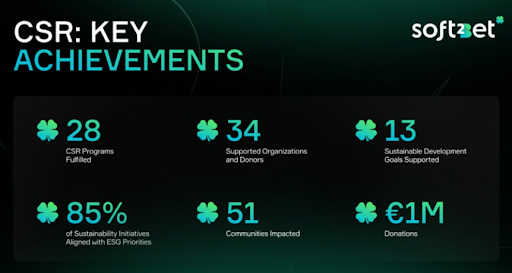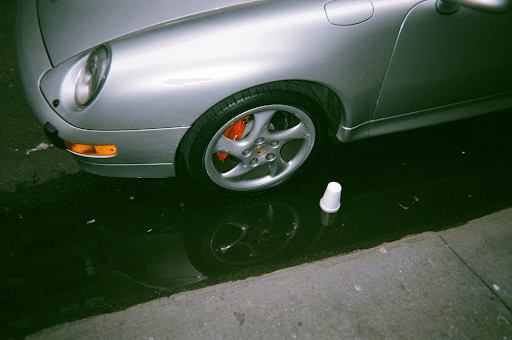Raid encounters in World of Warcraft represent the pinnacle of PvE challenge, requiring coordination, strategy, and precise execution from every team member. While some players might turn to a WoW raid boost service to experience this content, understanding core raid mechanics empowers you to tackle these challenges on your terms. This comprehensive guide breaks down the essential mechanics you’ll encounter across WoW’s raid bosses and provides strategies to master them.
Understand Raid Fundamentals
Raid Composition Basics
Before even stepping into a raid, success begins with proper team composition. Most modern raids are designed for groups of 10-30 players in flexible difficulty, with fixed sizes of 20 players for Mythic difficulty. A balanced composition typically includes:
- 2 tanks (sometimes encounters require 3)
- 4-6 healers (scaling with raid size)
- Remainder as DPS (with a mix of melee and ranged)
While a WoW raid boost might handle composition optimization for you, understanding these fundamentals helps you build your successful teams. The specific class balance depends on each raid tier’s mechanics, but diversity generally provides more tools to handle various situations.
Encounter Phases and Transitions
Most complex raid bosses operate in distinct phases, each introducing new mechanics or intensifying existing ones. Phase transitions are often triggered by:
- Health percentage thresholds (e.g., boss reaches 70% health)
- Time elapsed (e.g., every 2 minutes)
- Special mechanics completion (e.g., collecting enough resources)
Understanding phase timing allows your raid to prepare cooldowns and position appropriately. Many raid wipes occur during transitions when unprepared teams get overwhelmed by simultaneous mechanics.
Common Raid Mechanics and How to Counter Them
Area Damage Patterns
Stack Mechanics
Stack mechanics require players to group tightly together, either to:
- Split damage among multiple players
- Consolidate AOE healing
- Trigger positive effects requiring proximity
Designate stack points in advance and ensure players with stack debuffs move quickly to their positions. Communication is crucial; call out the stack requirements clearly.
Spread Mechanics
The opposite of stacking, spread mechanics punish player proximity with:
- Damage that multiplies with each player hit
- Debuffs that can spread to nearby players
- Chain effects that jump between close targets
Establish minimum distances (often 6-8 yards) and practice maintaining spacing while handling other mechanics. Ranged DPS should utilize their full attack range.
Void Zones and Fire
These persistent damage areas appear throughout fights and typically:
- Deals increase damage the longer you stand in them
- Apply debuffs or control effects
- Limit the usable space in the encounter area
Constantly scan your surroundings and move immediately when affected. Many add-ons can enhance visual or audio cues for these hazards. When using a WoW raid boost service, you’ll notice professionals are exceptionally aware of floor mechanics.
Personal Responsibility Mechanics
Targeted Abilities
Many bosses will single out players for special attention, with:
- Fixed targeting (specific roles like tanks or the highest threat)
- Random targeting (any raid member could be selected)
- Conditional targeting (based on position or previous mechanics)
Know which abilities target which roles, and establish protocols for targeted players. For example, players targeted with explosive effects should move away from the group immediately.
Interrupt Rotations
Critical boss abilities often must be interrupted to prevent:
- Massive raid damage
- Healing the boss
- Summoning of additional enemies
Assign specific interrupters for each cast and establish a rotation. Proper WeakAuras or interrupt tracking addons help manage this responsibility.
Dispellable Effects
Harmful magic, curses, diseases, and poisons often need immediate attention:
- Some must be dispelled immediately
- Others should be dispelled strategically (after they spread or trigger secondary effects)
- Some should not be dispelled at all (as they might trigger worse effects)
Healers should coordinate dispel responsibilities and understand which effects are priority. Communication about dispel timing is essential.
Movement-Based Challenges
Positioning Mechanics
Proper positioning is fundamental to raid success:
- Tank positioning for cleave and frontal cone abilities
- Ranged positioning for line of sight and maximum uptime
- Melee positioning to avoid tail swipes or special close-range effects
Study your boss’s abilities beforehand and mark clear positions in the encounter area. Assign players with strong spatial awareness as position leads.
Dance Mechanics
These scripted movement patterns require players to:
- Move in specific sequences
- Avoid dynamic hazards
- Maintain DPS/healing while executing complex movement.
Memorize patterns through practice and use visual guides when learning. Tools like raid markers can help newer players follow the correct paths. This is one area where a wow raid boost can be particularly helpful, as experienced boosters have memorized these patterns through hundreds of repetitions.
Knockbacks and Pull Effects
Environmental hazards become deadlier when bosses can:
- Knock players into damage zones
- Pull players from safe spots
- Disorient with spinning or disorienting effects
Position to minimize risk, use movement abilities to counter forced movement, and maintain awareness of safe zones to recover quickly.
Resource Management Challenges
Enrage Timers
Almost all boss encounters have enrage mechanics that:
- Set a hard time limit on the encounter
- Gradually increase damage over time
- Trigger instant-kill mechanics after a threshold
Balance survivability with damage output and track your raid’s typical kill times. If consistently hitting enraged, focus on DPS optimization and minimizing downtime.
Special Resources
Many encounters introduce unique resources to manage:
- Energy bars that trigger abilities when full
- Collectible items that empower special actions
- Shared raid resources require strategic use
Assign resource management to specific players and establish clear usage protocols. Don’t hoard special abilities—timely use is usually better than perfect use.
Advanced Strategies for Progression Raiding
Communication Protocols
Clear, concise communication separates successful raids from failing ones:
- Use standardized callouts for mechanics
- Establish priority speakers during critical phases
- Minimize chat to essential information during high-intensity moments
Professional raiders and wow raid boost providers often use efficient communication systems with designated shotcallers to avoid confusion.
Cooldown Management
Strategic use of personal and raid cooldowns maximizes their effectiveness:
- Map major defensive cooldowns to dangerous boss abilities
- Create rotation schedules for healing cooldowns
- Coordinate offensive cooldowns with vulnerability phases
Track cooldown usage with specialized addons and adjust your strategy based on which abilities are available for each attempt.
Handling Wipes Productively
Progression means failure—learning from wipes is essential:
- Record and review attempts
- Identify specific failure points rather than general issues
- Make targeted adjustments rather than sweeping changes
After each wipe, focus the discussion on solving specific mechanics rather than assigning blame. Incremental improvement eventually leads to success.
Preparing for Specific Raid Tiers
Each expansion’s raid content has unique characteristics:
- Research boss strategies before attempting
- Test strategies on lower difficulties before progressing
- Adjust tactics based on your raid’s specific composition
While guides provide frameworks, the best strategies often emerge from adapting general knowledge to your specific team’s strengths. This adaptability is what makes even top players sometimes seek insight from wow boost professionals who have extensive experience across different group compositions.
Essential Addons and Tools
Enhance your raiding performance with:
- DBM or BigWigs: For boss ability timers and warnings
- WeakAuras: For customized ability tracking
- Details or Skada: For performance analysis
- Exorsus Raid Tools: For cooldown tracking and raid management
These tools provide crucial information without replacing the need for mechanical understanding and awareness.
Conclusion
Mastering raid mechanics is an ongoing journey of learning, practice, and adaptation. While some players may leverage a WoW boost to experience content beyond their current skill level, developing your mechanical proficiency delivers the most rewarding experience WoW has to offer.
Remember that even the most complex mechanics become manageable with proper preparation, clear communication, and consistent practice. Each raid tier builds upon previous mechanical knowledge while introducing new challenges, ensuring that the pursuit of mastery remains ever-engaging for dedicated raiders.





















